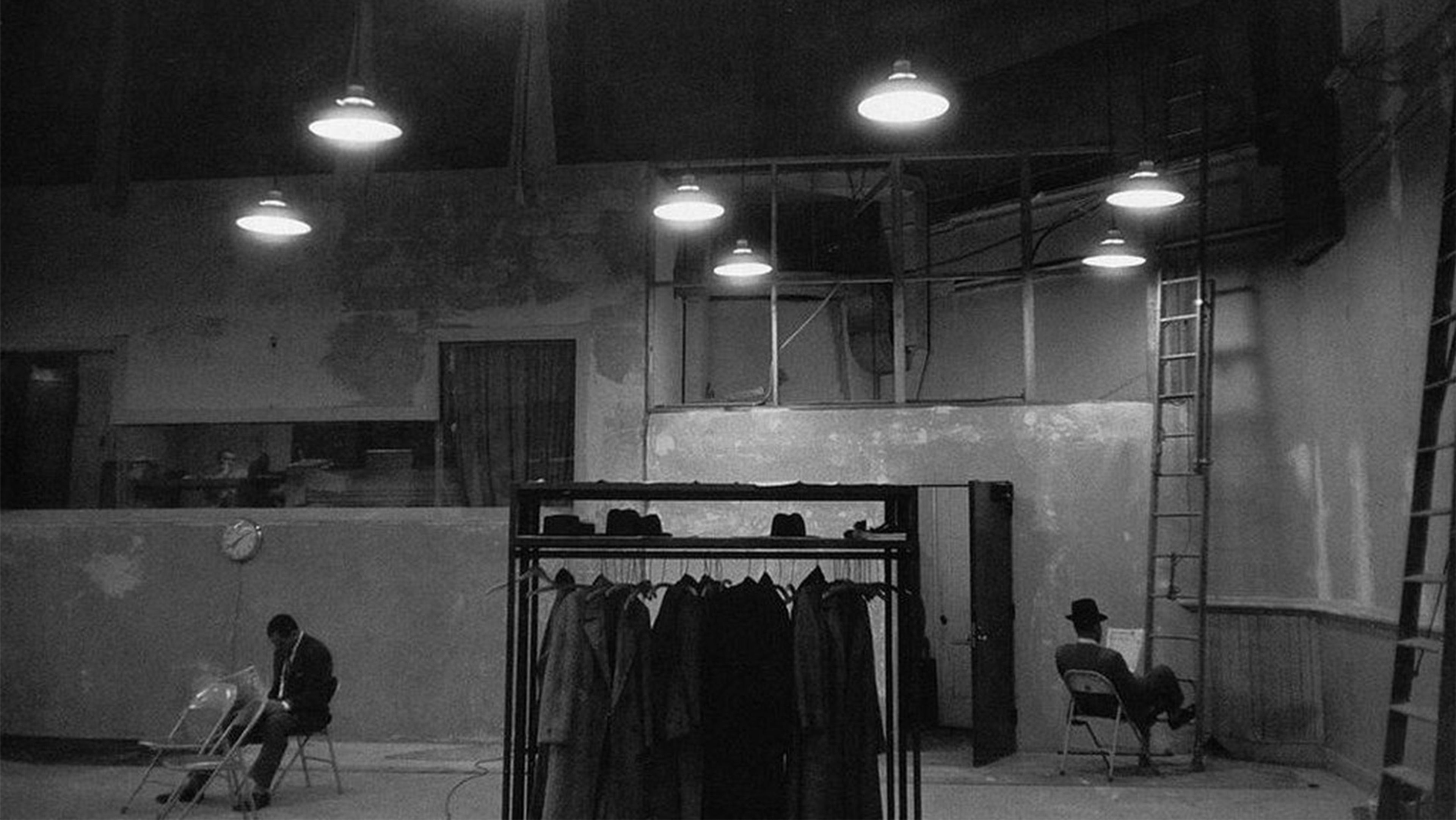The Metropolitan Museum of Art, New York
2021–2022
November 22, 2021–May 1, 2022 Cruel Radiance: Photography, 1940s–1960s (2022) focuses on extraordinary recent gifts to The Met—especially those made to celebrate the Museum’s 150th anniversary in 2020. The show explores the flourishing of photography as a medium between World War II and the Vietnam War. It includes several mini-monographic presentations on diverse photographers, including Diane Arbus, Mario De Biasi, Roy DeCarava, Robert Frank, Helen Levitt, Don McCullin, and Aaron Rose. The exhibition features classic photographs seldom seen, acquisitions that the museum has not yet exhibited, and magazines and books by Japanese photographers—also notable gifts to The Met and works of art in their own right. The show’s title is borrowed from Let Us Now Praise Famous Men, James Agee and Walker Evans’s collaborative depression-era masterpiece published in 1941. Agee writes about what he believed was Evans’s (and photography’s) greatest achievement and challenge: “all of consciousness is shifted from the imagined … to the effort to perceive simply the cruel radiance of what is.” In the accompanying exhibition catalogue, The Cruel Radiance, Susie Linfield challenges the idea that photographs of political violence exploit their subjects and pander to the voyeuristic tendencies of their viewers. Instead, she passionately argues that looking at such images—and learning to see the people in them—is an ethically and politically necessary act that connects us to our modern history of violence and probes the human capacity for cruelty. Grappling with critics from Walter Benjamin and Bertolt Brecht to Susan Sontag and the postmoderns—and analyzing photographs from such events as the Holocaust, China’s Cultural Revolution, and recent terrorist acts—Linfield explores the complex connection between photojournalism and the rise of human rights ideals. In the book’s concluding section, she examines the indispensable work of Robert Capa, James Nachtwey, and Gilles Peress and asks how photography should respond to the increasingly nihilistic trajectory of modern warfare. A bracing and unsettling book, The Cruel Radiance convincingly demonstrates that if we hope to alleviate political violence, we must first truly understand it—and to do that, we must begin to look. Learn more at The Metropolitan Museum of Art.
